Sofía Bertomeu Interview
Sofía Bertomeu has a wide range of artistic activities in various fields such as sound art, photography, video art and graphic design. Her work is based on several concepts such as emotional secrets, the deep investigation of oneself and the evasion of reality. Sonically, it can induce both reflection and liberation of consciousness.
Is your music always conceptual, or do you sometimes allow yourself to improvise and create freely without a preconceived idea?
No, my music is not always conceptual. When it is conceptual, I don’t call it music but sound art. There, in my art projects, I do give a lot of thought to it, I get more thoughtful and I try to make sure that the words, the discourse, is in accordance with the sounds that will accompany it throughout each piece.
I do both things separately, but it is also true that I usually differentiate them in each moment or situation, although on some occasions it has not been clear (or I have not made it clear) when it was conceptual and when it was merely emotional. The line that separates them intertwines and dissolves. I also tell you that it depends on the listener. You know how it goes in art: «A» can say that he intended «B» and «X» considers and interprets that «A» meant «Z» when he expressed «B».
Spices has been created freely, although in some tracks like «2020 Spices», I did intend to portray the virus protagonist of that (and this) year, but without reflecting on it too much, ha ha.
Do you link your music with your other artistic facets?
Sometimes. Yes, just a few months ago the ICA (Instituto de las Industrias Culturales y de las Artes de Murcia) gave me a grant to develop a project: » The Murcian Jews during the late Middle Ages. Soundscapes for their history» in which I am combining history and sound art. And all because I did a master’s degree in history a few years ago and I wanted to bring what I researched in my TFM closer to those interested in that part of history, to those who appreciate other forms of art that are not explicitly visual, to those who like to listen, or simply to those who don’t know the subject or subjects (both the history of Murcian Jews in the late Middle Ages and sound art) but would be interested in it.
It is true that history is not an artistic facet per se, but it seemed nice to experiment with these two disciplines.
On other occasions I have combined music and visual art in the form of video art (in concerts), photography and music, painting and sound art (in exhibitions).
You are a multidisciplinary artist with experience in both the sound and visual fields, and you also compose for dance, theatre and film. How did you compose the soundtrack for Old Habits Die Hard and what makes it different from the rest of your albums?
Old Habits Die Hard is the first feature film soundtrack I have made so far, as I have previously composed for several short films.
It was created entirely during the confinement, from March until about May/June 2020, although there were corrections in the following months. I communicated with Paco Portero, the director, by telematic means and phone calls. I can say that there was very good communication between the two of us and that he is a person who knows perfectly well what he is looking for and wants in each scene of the film, although he also gave me a great deal of creative freedom from the start, something that also made me happy and made me enjoy the process even more.
How is it different from other albums? Well, I think that each one of them belongs to a father and a mother, the fruit of specific and very diverse moments in my life, always inspired by experience and feelings. All the albums that are not linked to the fact of sounding an audiovisual, dance or theatre work really have a very social aspect that is not very palpable to the outside eye, I might think, or maybe not, maybe I’m wrong. They are hugely inspired by the experiences I have had with certain people for various reasons, or at least the way I have approached them.
Old Habits Die Hard follows a very experimental aspect, although this time, I had to adapt to the length, obviously, and adapt a creation to what I saw and appreciated in each shot.
You are soon to publish Spices, a new extensive work that you say are pieces created between 2020 and 2021, some of them with samples reused from El Juego, a contemporary dance directed by Rolando Vásquez for which you designed the sound part, why did you decide to recover this material?
It is a very rich material full of nuances, perfect to include in more tender, rhythmic or aggressive compositions. On the «weird» sounds… taking them, cutting them, repeating them, adding affectations, stretching them, taking them out of context and so on… it’s like playing in the playground and getting dirty, falling down and then laughing at the silly fall you’ve just suffered. Anyone who’s into sound knows what I mean, ha ha. Since Rolando hasn’t let me put too much music, at least the sound design part should also have a use in my creation and thus also give more hype to the work, which deserves repercussion for how original it is and for all the time it’s been developing.
Spices is an album with an elaborate harmonic conjugation, which you also give a very IDM rhythmic part, how is the composition process?
Well, thanks in advance for that cool definition! I’ve always flipped out about the artists who give the IDM genre, mostly because of what those acronyms stand for, right? Intelligent Dance Music, meaning that whoever makes it is an intelligent person beforehand.
In Ableton I combine piano melodies (I use a plugin called Mini Grand) with atmospheres created with other virtual synths, field recordings, the samples chosen from El Juego, different rhythms, combining some with others… let’s say I add «spices» little by little until I make a concoction that results in the recipe you have been able to taste… listen. Yes, I like to cook.
Fraser Burnett collaborates with you again, this time he adds his voice to the last track, how did this partnership come about and how do you think it has enriched you?
Fraser Burnett is a very powerful Scotsman and it was with him that I did my first collaboration «Functional Transmissions Part I» published on cassette on Matching Head, which led to the following ones, shall I tell you how I found him? It’s very curious. In 2016 I went to visit some friends in Edinburgh and one of the days I decided to visit the national library. I went upstairs to the music section and looked for the experimental/sound art area. When I couldn’t find it, I very politely asked the ladies working there at the counter if they had any music in those genres. They looked at me wide-eyed, told me that my jersey should be their uniform (one that says «fuck Christmas» and shows Father Christmas with his elbow in a Christmas aesthetic), I laughed with a Spanish accent and one of them told me that her partner was an experimental musician. The conversation was extensive, but in the end we were left with mutual contacts. From then on Fraser and I hit it off and our friendship and joint creation began.
It’s a strange association, the age difference, the culture, the language… but I don’t know, we get along well and it’s been enriching for both sides because of those incredible differences that only lie in growth.
This album, like previous ones, you don’t release it on any label, do you prefer to manage your own releases?
I’m really open to publishing on labels, but most of them don’t want to hear from me, so I manage it myself, ha ha. Besides, this way, I keep what I make financially after making the investment.
Last year you participated in the only concert of Rafael Flores in his 40 years of career, what can you tell us about it and what are your great references?
Well, in Morada Sónica thanks to Josep Mª Soler, who gave me the collaboration position, although he wanted it very much. Rafael and I talked beforehand about how this collaboration was going to be and we had a good, simple communication. For him, that event was very important.
My big references vary from the deepest and most conscientious to the most extreme music: Biosphere, Andy Stott, ASC, Monolake, Mono no Aware, Retina.it, Jan Jelinek, Julia Kent, Massive Attack, Francisco López… on the other hand genres like Hardcore, Techno, Gabber, even if it is understood as disco music. I am also influenced by genres such as Trip Hop, Bossa Nova, Jazz…. I also listen to cinema as if there was no image.
The current health situation is taking its toll on the whole of culture, what are your plans for when all this is resolved?
Fortunately, for me it hasn’t been as bad as it seemed. The ICA has given me two surprises in the past year, Old Habits Die Hard, El Juego, Spices… fall in love.
I have the same plans as always, and those are: to flow with whatever comes and stay happy and healthy.
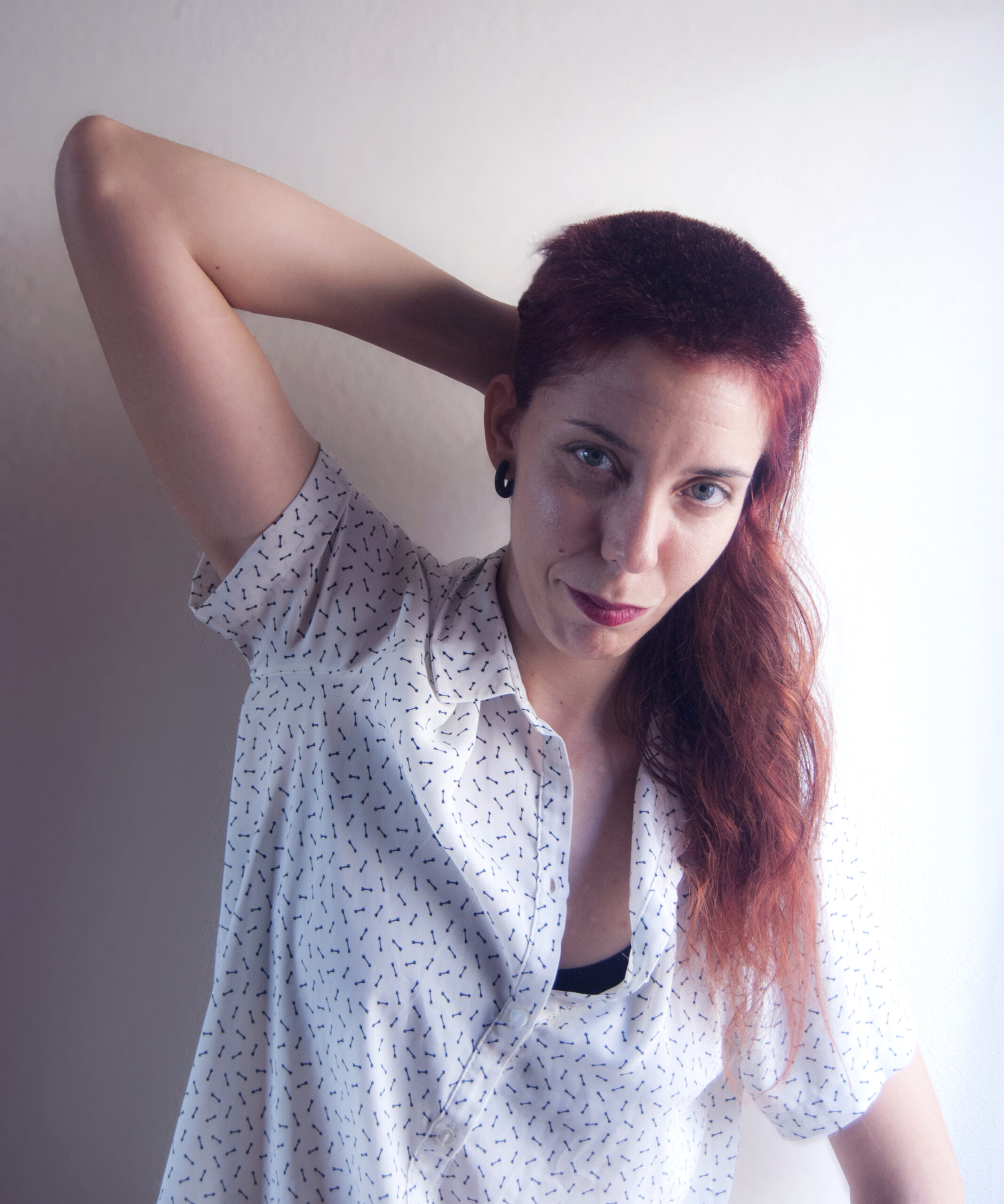
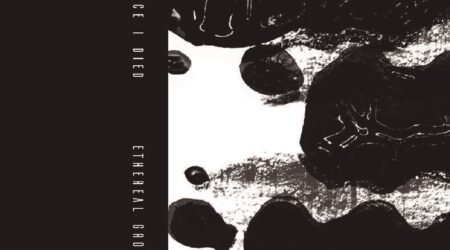
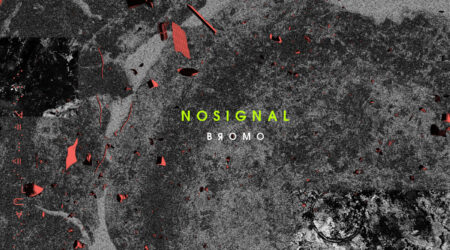
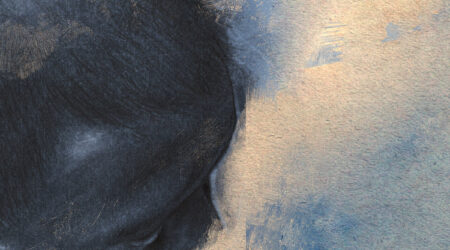

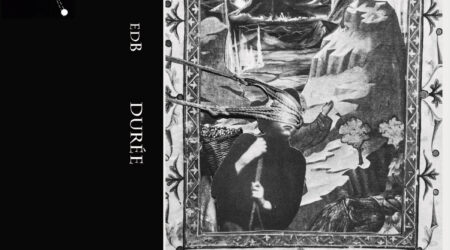
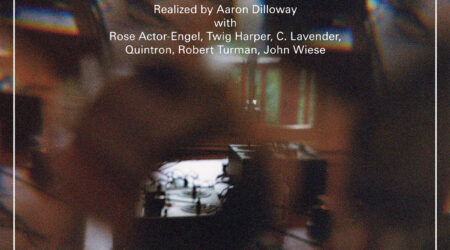
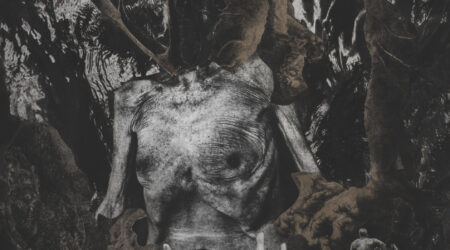
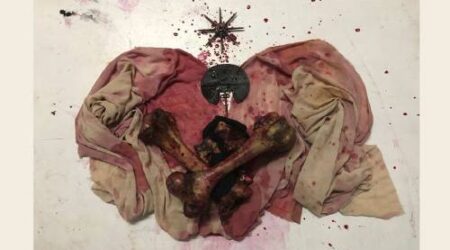
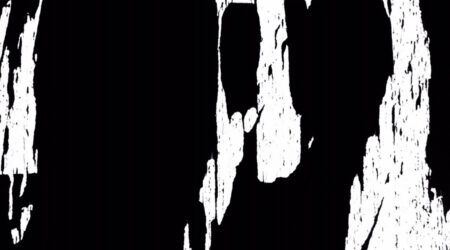
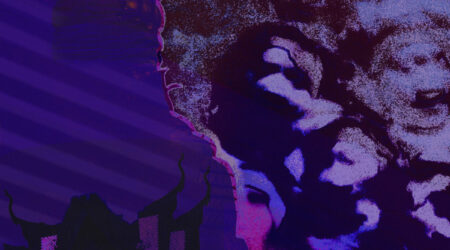
Deja una respuesta
Lo siento, debes estar conectado para publicar un comentario.